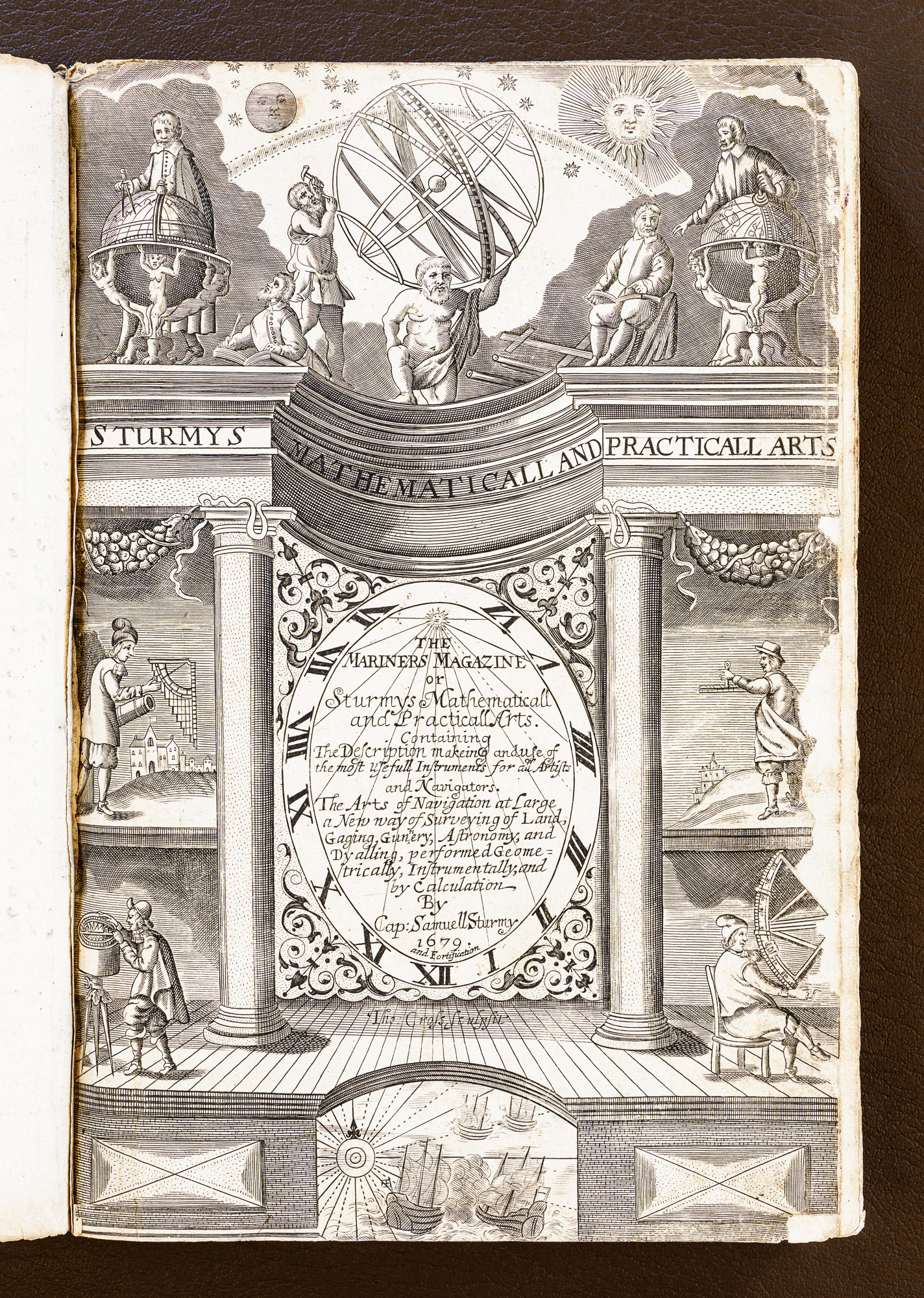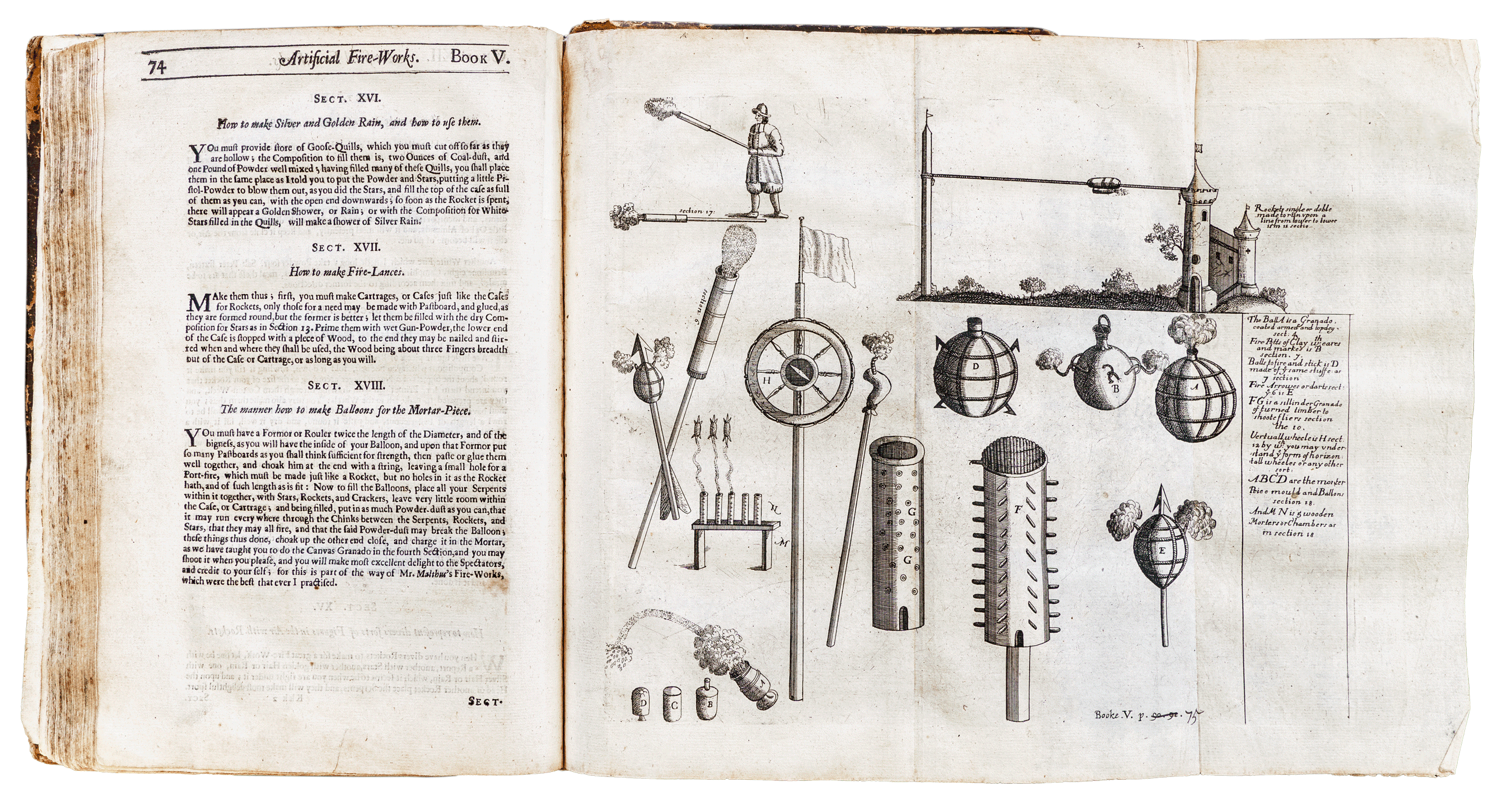
Published in 1679, toward the end of the so-called Age of Discovery or Exploration, the Mariners' Magazine would have been used for the instruction of, and as a reference book for, seafarers in the merchant marine and the Royal Navy. It includes instructions in the art of navigation including related geometry, trigonometry, latitude and longitude and astronomical tables. This was essential information for seafarers of the day.
At the time of publication of the Mariners' Magazine the accurate establishment of longitude at sea was still a long way off and it was not achieved until John Harrison invented the marine chronometer in 1759. Up until then the time-consuming and inexact methods set out in the Mariners' Magazine using mathematical calculations and astronomical observations were used.
The book has a hand written worksheet dated 1747 with a “ Table of equations showing the true length of every day of the seconds of time that the integral days are either longer or shorter than 24 hours.” This variation of time was calculated manually 273 years ago!
The Mariners' Magazine is written in an engaging and entertaining manner exemplified by the following transcribed extract;
"To the Courteous reader - To that purpose, we have at first laid down such Propositions, as all young Seamen are or should be perfect in, concerning the Compass, and the Moon's Motion, Instrumentally and Arithmetically; and by it, in the same manner, how to know the Rules of the Ebbing and Flowing of the Sea, with the Rules of Time of Flood and High-water in any Port in the World; with a Discourse of the Practick Part of Navigation, in working of a Ship in all Cases and Conditions of Weather at Sea, to the best of my Experience."
